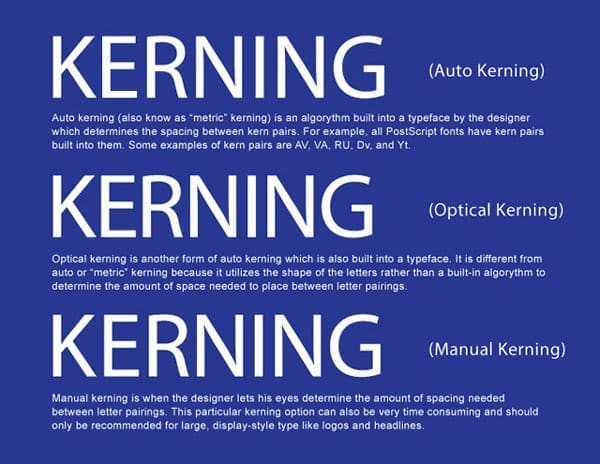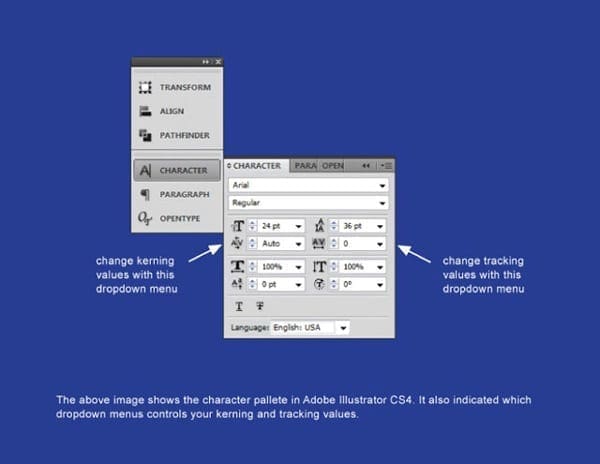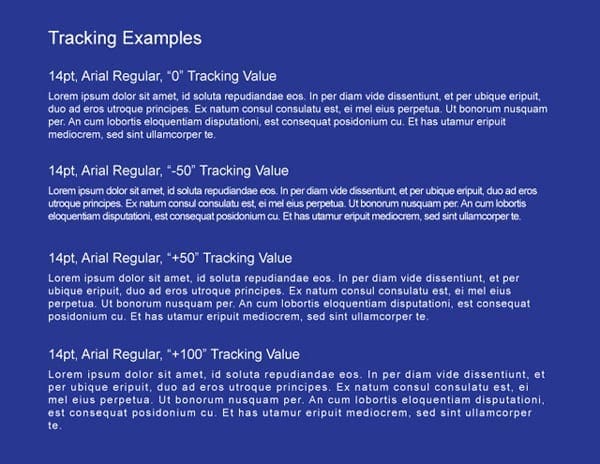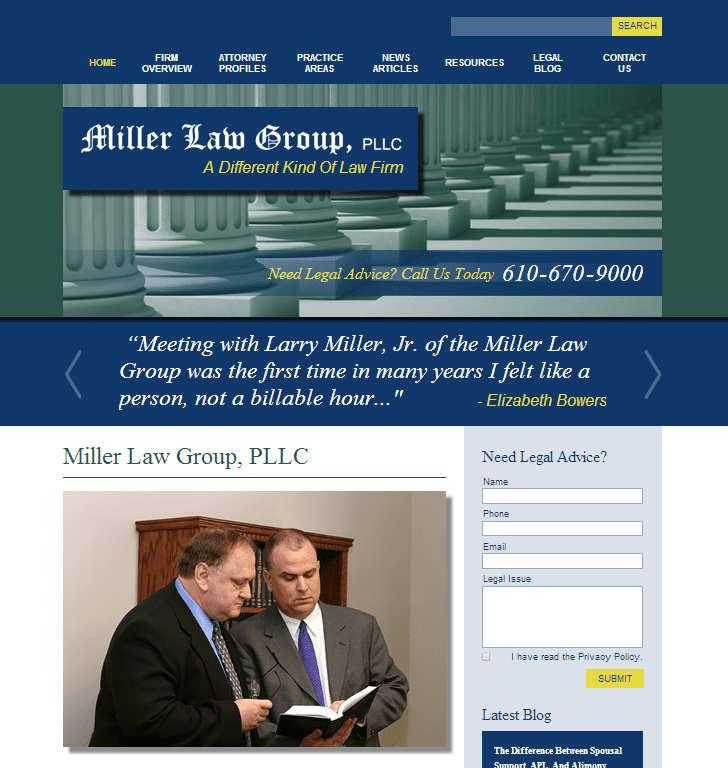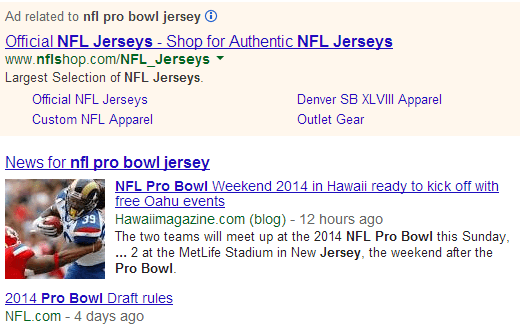Everywhere you look (including our own blog from time to time), agency insiders, marketing pros, and influencers post blogs and articles following this general formula:
“(x) Tips to Solve ”
Personally, I think this format is a little overdone, even hedging on passé. Sure, it’s approachable, skimmable, and a decent way to deliver lots of info in a structured way. The problem is a majority of marketing problems aren’t this cut and dry. So why don’t we try something different? As I cover the topic of whether businesses should use Instagram, I’m going to break the question down—literally. Let’s tackle this issue piece by piece, starting with…
”Does my business…”
For me, this first piece boils down to the matter of intent. Is your company prepped and ready to simply give Instagram the “ol’ college try,” or will you consider your options and proceed with tact? Will you evaluate your track record for pursuing new marketing channels or rushing in guns blazing, ostensibly throwing caution to the wind?
As you move forward, just know that something that starts as a poorly-planned whim will likely end up poorly executed, poorly measured, and more trouble in the long run. If, however, your answers all point toward the positive, we can move on.
”…need…”
Next, I’d think it best to determine exactly how you and your company define “need.” Do you need to achieve your business goals this year? Do you need to spur a more meaningful, influential social media presence? Do you need to humanize the brand identity you’ve helped to create? Do you need more likes, retweets, and “doubleplusgood”’s from everyone who takes a liking to a piece of content you’ve developed?
Yes, I do realize that these questions were rather simple at first glance. Now for a curve ball. To what end do your company’s goals, presence, and social media accolades lead you? What do such things mean in the context of helping or hurting your business?
In other words, do you really need them at all?
”…to be on…”
Now, are we talking “on” like the opposite of “off,” or “on” as in “on like Donkey Kong”? In any case, we’ve now made our way to the approach itself. How inclusive is your strategy to the digital channels in your arsenal? Have you consulted with an outside resource or someone with more strategic field experience than you?
Frankly, it’s not enough to just be “on” anywhere anymore. Your customers are smart, and you can’t rely on their falling for something that may potentially disillusion them. You’ve got to firmly plant your brand identity into every avenue through which you plan to reach your audience, especially if it’s somewhere you know a majority of them have been flocking. When (not if) they reach out, will you be there? How proactive vs. reactive will you be, or can you be, given your available resources?
”…Instagram?”

If you think about it, we could easily be talking about Vine, Tumblr, Snapchat, or any number of networks seeing a burgeoning level of popularity. The thing is, this is the part of the question that matters the least. If your customers are there, and you know you can fulfill a need, offer insight, or somehow “contribute to the conversation,” this choice should be on the bottom of your priority list.
If anything, this point lends something to the evolving nature of social. Sure, some behemoths will be around for years to come, but as marketers, we all need to understand that whether our message goes out in print, a social media post, or a tiny filtered photo, we should first ask whether we have something to say. That, really, is the most important question of all.

